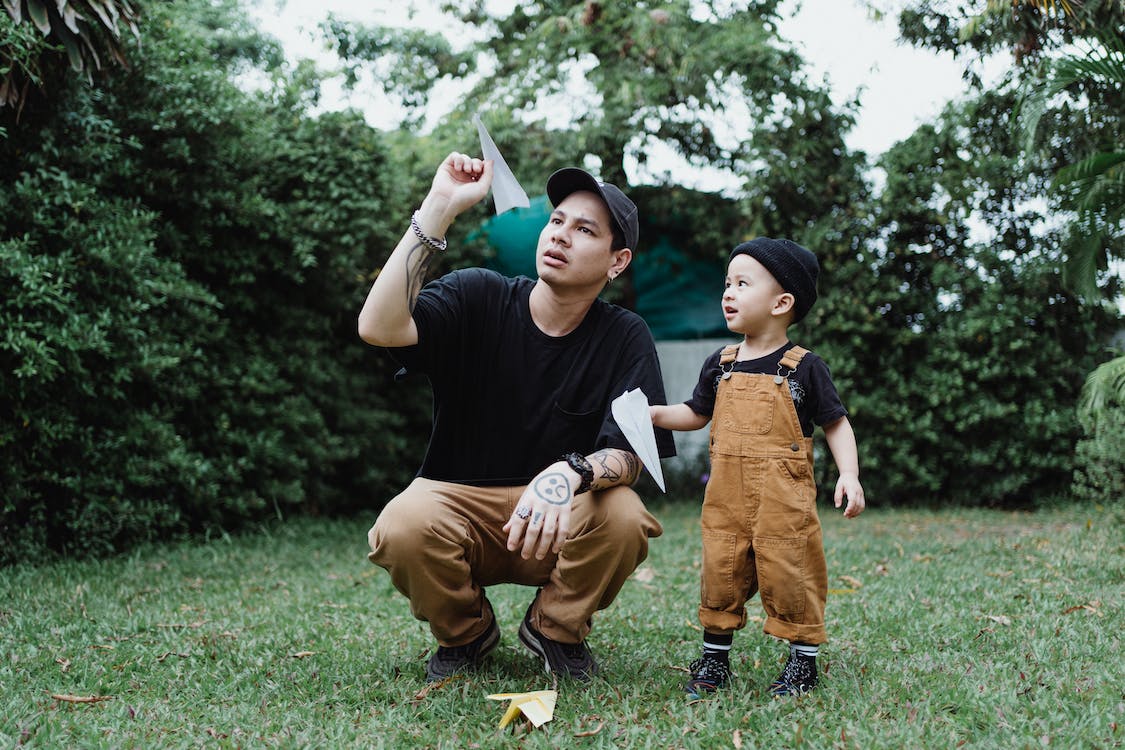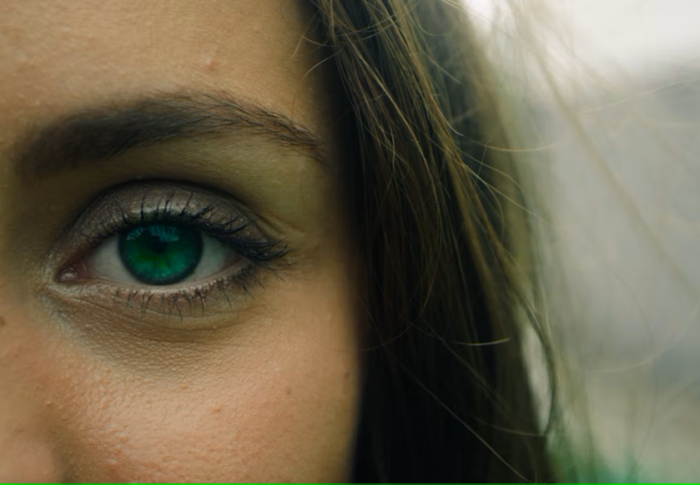
A cure for autism? The truth behind the headlines
Last week various media outlets reported on some research that’d been released in the Australian JAMA paediatrics journal. These articles claim the research had found a “cure for autism” or at least “a reduction in autism diagnoses” when early intervention is given by parents.

Many, within the autism (autism spectrum disorder, ASD) community have immediately highlighted the concern that reducing diagnostic rates doesn’t mean there’s a reduction in the numbers of people with autism. Many autistic individuals are fiercely protective over their right to an autistic identity and anything that questions the community feels like a threat.
I’ve delved into the research paper itself to understand more about what happened in this trial to see if I can unpick whether this is something we really need to investigate further.
Firstly, only 89 infants made it all the way through the trial process, ergo, this is a tiny trial. Any trial that produces evidence upon which the medical world may choose to act, must show repeatability and scalability. If these statistics stand up, someone else will need to try and replicate these findings on a much larger group of infants.
Methodology
The criteria used to assess eligibility was the Social Attention and Communication Surveillance-Revised (SACS-R). This is a tool includes assessment of 5 specific behavioural in infants 9-11 months and 12-14 months. Atypical behaviour in 3 of the 5 areas suggests increased likelihood of an ASD diagnosis later in childhood. In Australia the positive predictive value is 82-83% (i.e. if this tool assess the child likely to have a diagnosis of ASD 17-18/100 children won’t fulfil the criteria when at a diagnostic age). Sensitivity is 77-82% (i.e. between 18-23/100 won’t be identified with ASD when they have it (false negatives)). When the tool has been transferred to other countries, these figures are reduced—see this pilot study in China, for example.
The intervention used was the Intervention within the British Autism Study of Infant Siblings-Video Interaction to Promote Positive Parenting (iBASIS-VIPP). Randomisation of the children was performed by minimisation, allocated to 2 groups: iBASIS-VIPP and usually community care or usual community care only. The aim of iBASIS-VIPP is to enrich the social interactive environments of the developing infant by enhancing early social engagement and reciprocity. iBASIS-VIPP involves: observations, interactions, attunement to needs and synchrony, affect matching and encouraging social communication at appropriate levels.
Families could not be blinded to group allocation because they were involved in the intervention. However, diagnosticians we’re blinded to group allocation.
A few good points to note:
- Participant adherence to iBASIS-VIPP was good—although they do not state how this was measured.
- No adverse effects to the intervention were notified.*
- The “usual community care” received included a range of support from 1-time parent information seminar to intensive ASD intervention, occupations, speech & language therapy and psychological therapy.
Outcomes

The trial’s stated “primary outcome” is a reduction in ASD symptom severity. In the autism community, this doesn’t even make sense since there’s no such thing as more or less severe when it comes to autism. No one can assess how much a trait impacts a person in comparison to another—it’s not like a blood test where you’re measuring a discrete number of cells. It’s often suggested that if someone is non-verbal, their autism is “more severe” but this puts the onus on the autistic person to communicate verbally when there are plenty of other ways to communicate. It’s not usually the person’s autism that’s stopping them communicating.
Autism cannot be measured on a linear spectrum. The word spectrum when referring to autism means there’s a range of traits expressed in a variety of ways in each individual.
It’s important to note that adults with autism notice a reduction in their distress when the environment around them is adjusted to suit their needs. Autistic individuals build coping strategies that don’t change their autism, they find ways to cope with a world that is built for neurotypical people. These coping strategies may work well e.g. taking time out to rest; or they may be (ultimately) destructive e.g. drinking alcohol to “fit in”. This trials appears to be suggesting the autism has changed as the individual ceases to meet the diagnostic criteria, it’s not made clear that the environment is the important factor.
The study claims to show a “small but enduring reduction in symptom severity”. Enduring, simply means “over a period of time”, in this case, the study followed up the infants 1 year after the end of the study. When evaluating lasting impacts of ASD, 1 year simply isn’t enough. Karen Upton, an NHS worker calls for the participants to be followed up to at least 14 years of age:
“The endpoints observed, in my experience are likely to be indication of decreased anxiety as the child is better understood. Age of 14…seems to be when masking and other coping strategies commonly break down.”
Karen questions if the intervention would help with communication issues and social interaction difficulties at other developmental stages and when environmental changes occur. Children were excluded from the study if they moved out of the area (this is a standard practical issue with studies, however a important consideration for people with ASD).
A “secondary gain” quoted in this study was a reduction in toddlers meeting the diagnostic criteria. 3/45 of the iBASIS-VIPP group compared to 9/44 in the usual community care group.
The National Autistic Society is more interested in reducing diagnosis time rather than reducing diagnosis numbers. They say this study has a number of limitations and Tim Nicholls (Head of Policy) says:
“Autism is not a disease and not something that should be cured or lessened.”
The dangers

Unfortunately, studies that look at hypotheses like this create stigma and are invalidating. Autism is a genetic, neurodevelopmental disorder and cannot be cured. Parents reading these articles in the media may feel guilty that they didn’t treat their baby in the “right way”, leading to them developing autism. Or, parents with young babies, having being diagnosed as “with traits of autism” may think that there are certain things they need to do in order to cure their child. This will lead to heighten stress and anxiety.
There is a lot of misunderstanding around ASD; members of the public reading about “autism cured by childhood intervention” are more likely to misunderstand that individuals on the spectrum just didn’t get enough attention as a child or can alter their behaviour if they just get the right treatment.
*It’s important to consider if the children are being taught to mask, the impact of missed diagnoses and whether the supportive environment at home sets the child up for future difficulties when the environment is not set up for their needs. Masking and missed diagnoses leads to long term mental health difficulties and in today’s society a diagnosis is required in order to access appropriate support, especially through education and work.
So, why was this research being done? Autism itself isn’t bad, it’s simply a different way that a brain functions. Autism is perceived as bad when stigma, discrimination and misunderstanding mean that autistic individuals are forced to function in a neurotypical environment using masking or other techniques to “fit in” or “get by”. When this research hit the headlines it appeared that the motivation was to see if it was possible to make autistic children appear neurotypical—this is fundamentally unethical.
However, following much backlash, author Andrew Whitehouse issued a press release. He stated that there had been inaccurate headlines that had misrepresented the aims and outcomes of the research. The team’s desired outcome was to develop an environment that supported neurodivergence.
“Autism cannot be prevented…this is not an aim…babies remain neurodivergent”
Instead, Whitehouse notes that it is the “deficit focused DSM-5” that may be at fault when it comes to diagnosis of autism. This conversation is vital—autistic individuals have multiple strengths that are rarely highlighted. A society that requires individuals to have a deficit-based-diagnosis in order to receive support, care and attention they require is flawed but it is the society we live in.
No one should be made to feel ashamed of an autism diagnosis, research that highlights “outcomes” of decreased diagnostic numbers is never going to be received well by the autistic community!




